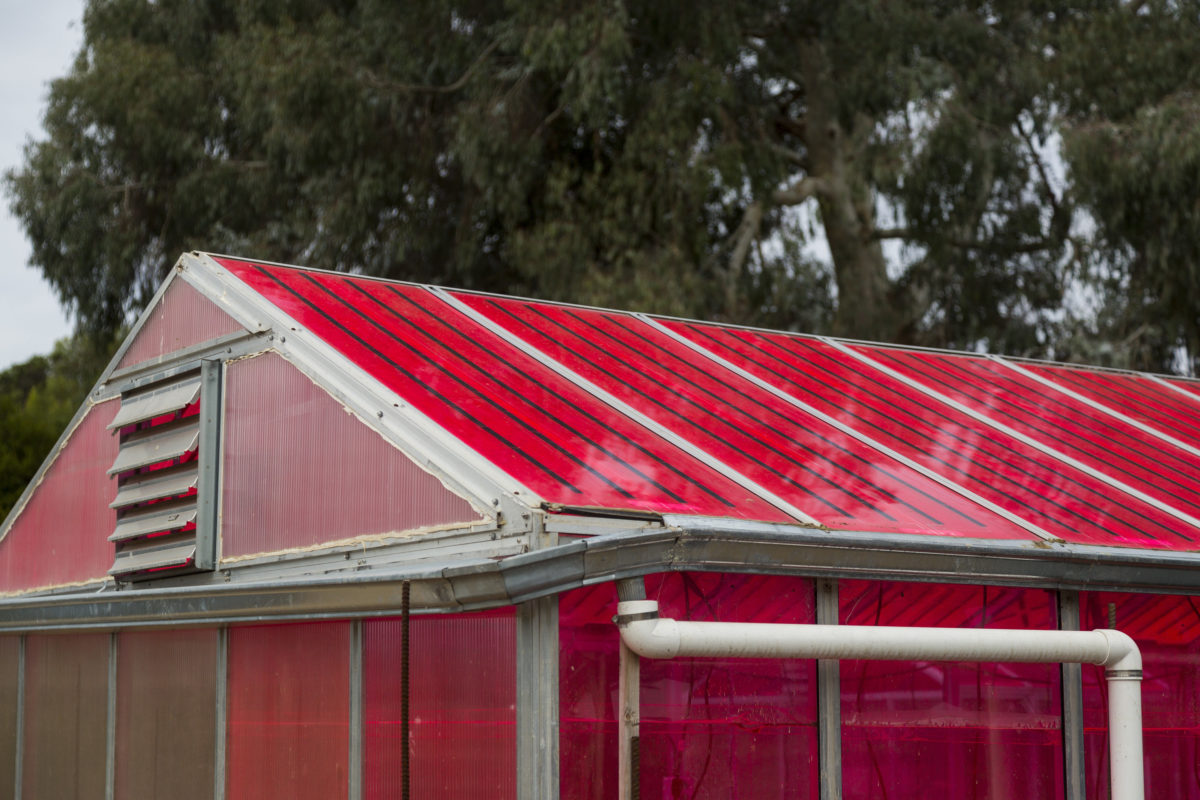A solar greenhouse that has the ability to grow healthy tomatoes and cucumbers while generating solar electricity has been developed by scientists at the University of California. The researchers have hailed the solar greenhouse, praising dual-use farming and renewable electricity production and the potential ‘smart’ greenhouses can offer. Vegetables grown in the smart greenhouses were as healthy as those grown in a traditional one.
“We have demonstrated that ‘smart greenhouses' can capture solar energy for electricity without reducing plant growth, which is pretty exciting,” said Michael Loik, professor of environmental studies at the University of California, Santa Cruz, and lead author on a paper that appears in the American Geophysical Union's journal Earth's Future.
Wavelength-selective PV Systems (WSPV’s) are utilized by the Electricity generating greenhouses, a new technology that generates electricity, whilst allowing parts of the light spectrum to pass through.
Transparent roof panels embedded with a bright magenta luminescent dye that absorbs light and transfers energy to narrow PV strips, where electricity is produced are outfitted on the greenhouses. The WSPV’s technology absorbs some of the blue and green wavelengths of light while letting the rest through, allowing it to be absorbed by the plants.
The reduction of energy consumed by greenhouses has become a priority as the global use of them for food production has risen, and these new smart greenhouses could pave the way for a more efficient food and energy production system.
Popular content
“This technology has the potential to take greenhouses offline,” said Loik, “If greenhouses generate electricity on site, that reduces the need for an outside source, which helps lower greenhouse gas emissions even more,”
“We're moving toward self-sustaining greenhouses.”
This content is protected by copyright and may not be reused. If you want to cooperate with us and would like to reuse some of our content, please contact: editors@pv-magazine.com.


Most green houses Dont use or need electricity. The owners home does. The green house could have some heaters used just for cold nights in winter. So you would,want to grid tie the system to the home.
Commercial greenhouses use electricity for lights, fans, opening skylights, and heat as needed. Producing their own needed electricity reduces their “footprint”. The research was intended for countries who need to use large quantities of greenhouses to produce food ie Canada, China, etc. But of course us smaller greenhouse users can benefit too!
A greenhouse may have fans and a control system to modulate the humidity and temperature which could potentially use the power from this system.
Also, if the energy created was in surplus, it could be used to pump water to a higher point and gravity fed back through at a temperature that could provide a buffer for the plants in the night.